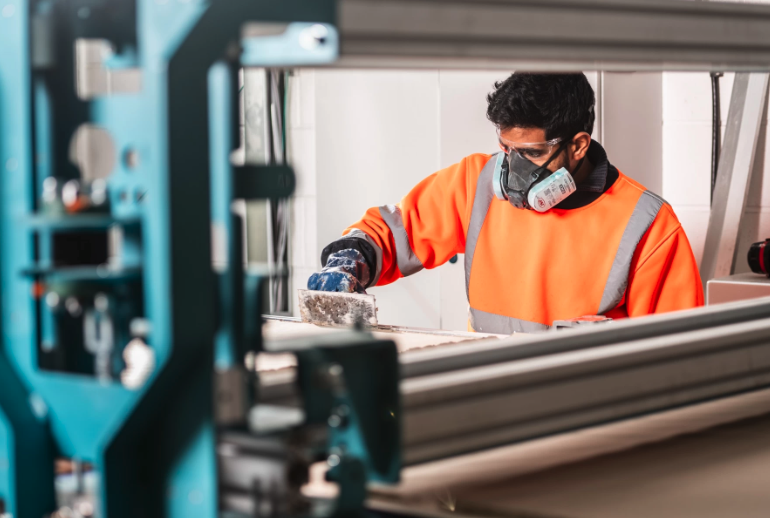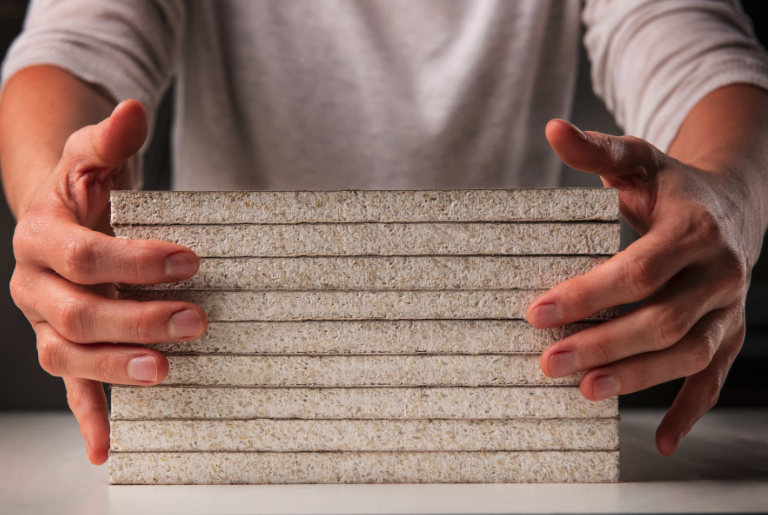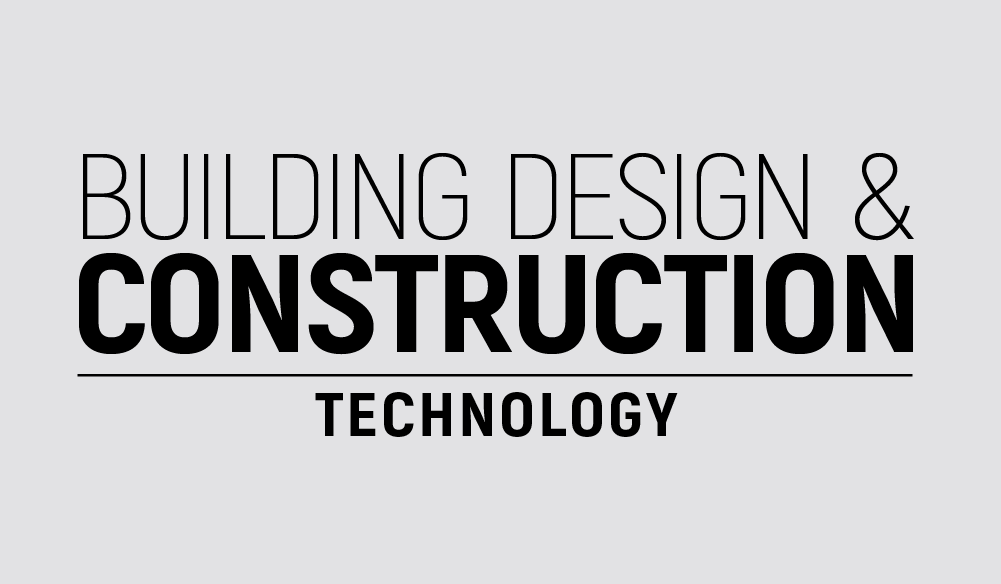- Bristol-based construction disruptor Adaptavate has produced the world’s first plasterboard to store carbon permanently.
- This technology is Adaptavate’s latest development following the release of its low carbon technology. It could take approximately 1kg of CO2 out of the atmosphere for every m2 of plasterboard produced, meaning that this technology is absorbing and storing more carbon than it produces.
- Adaptavate’s technology platform will equip the construction industry with cost-effective, drop-in and planet positive solutions.
Adaptavate, a global leader in the development and industrialisation of low-carbon and carbon-negative construction materials, has announced the production of the world’s first carbon-negative technology to produce plasterboards. The leap from producing low-carbon construction materials to now providing an additional carbon-negative product comes through the incorporation of char – produced by the pyrolysis of ligno-cellulosic materials. This locks the CO2 sequestered by plants into a stable state, and subsequently into the board, preventing it from being released through decay.
Incorporating char makes the current technology to produce Breathaboard genuine permanent carbon-storage, as an alternative to plasterboard which absorbs and stores more carbon than it produces. Importantly, this has been quantified by Adaptavate’s independent, industry verified carbon calculation tool to the latest EN 15804+A2 standard.
Adaptavate’s innovative technology allows for CO2 savings through both its product formulation and manufacturing methods. The company repurposes ligno-cellulosic wastes, combining them with minerals and a small amount of water to create a flat board material. Unlike conventional board production, this process requires no natural gas and can absorb low concentration CO2 in the curing process, which can be sourced from industrial emissions during the curing stage.


Tom Robinson, founder and CEO at Adaptavate, says: “Our new carbon-negative and carbon-storing technology marks a significant milestone and step forward not only for Adaptavate, a business I founded a decade ago, but also for the global construction industry as a whole. Plasterboard is one of the most heavily used construction material after cement and steel, in an industry that produces around 40% of the world’s carbon emissions. As a former builder, the potential impact of putting carbon storing building materials in the hands of every builder, architect and developer around the world as a drop-in solution is massive in our global endeavour to decarbonise construction. This announcement demonstrates with a real-world example of how we can do this and have a successful business on a global scale.”
The development of this new climate-positive technology and the pilot line for the board’s production has been made possible by UK Government grants (Innovate UK), and investment from a group of climate-focused businesses dedicated to accelerating carbon removal within the construction industry, including Counteract, Perivoli Innovations, Low Carbon Innovation Fund 2 (LCIF2), and SEMIN Group.
Jeff Ive, CTO at Adaptavate, says: “The production of full-sized permanently carbon-storing plasterboard is a major step forward for Adaptavate and the scale up of our regenerative material solutions. We have brought together a systemic solution for carbon dioxide removal that is required on a global scale, and matched it with a product that is used on a similar scale. With our licencing business model, we aim to deliver these systemic innovations at a rate that the planet needs them. The innovations’ development is thanks to the expert international team we have at our Bristol headquarters. With their knowledge, skills and dedication we have produced a game changing carbon-storing product with a comparable performance to the incumbent. The past few years of innovation in this space have been exciting for us, and we can see that this core technology has some important attributes that could be well used in a diverse product portfolio.”
Building, Design & Construction Magazine | The Choice of Industry Professionals





